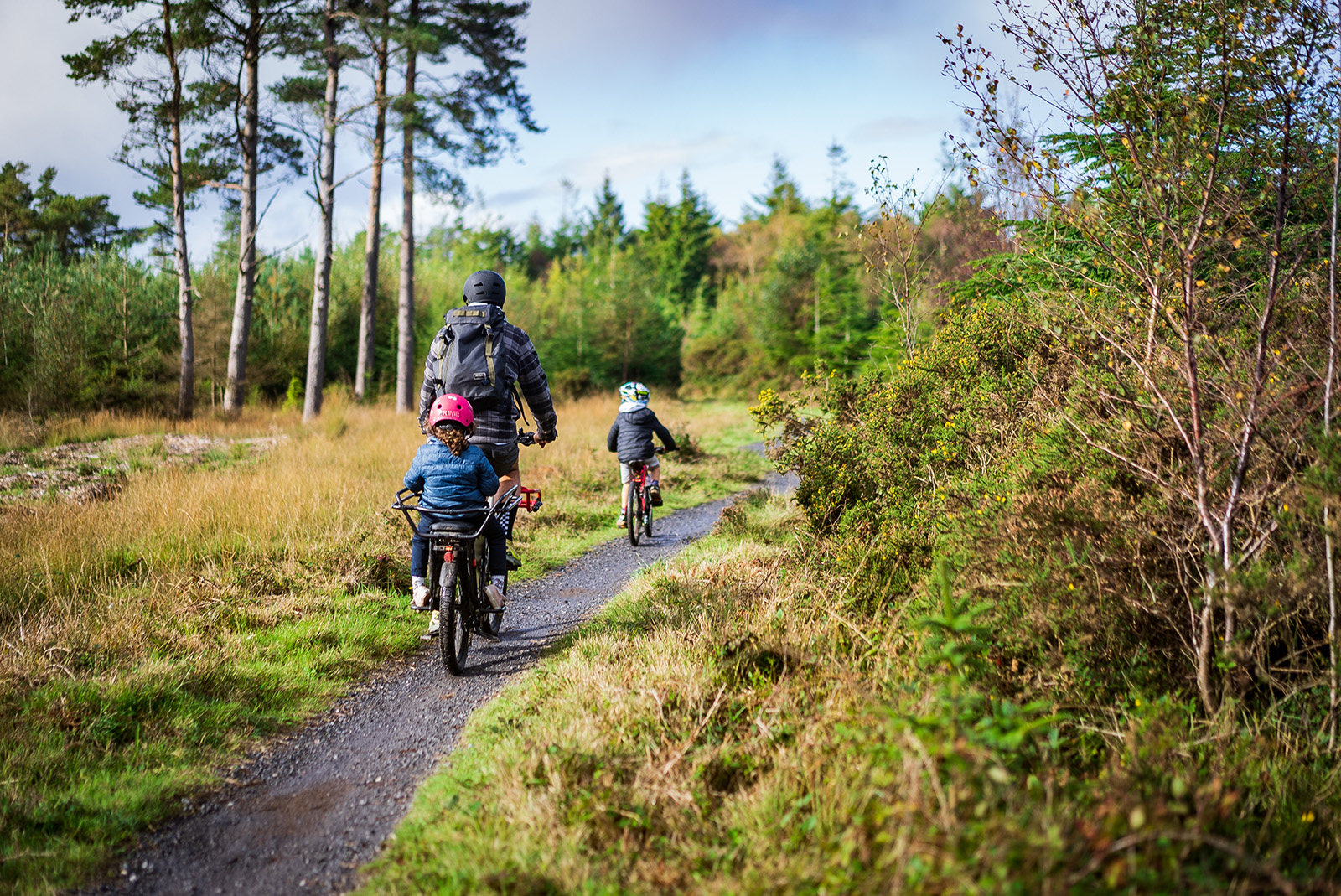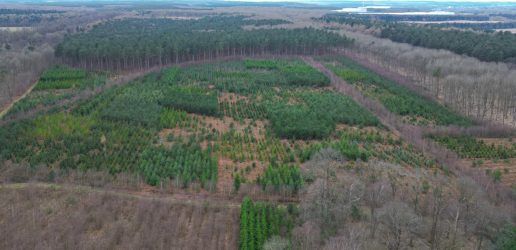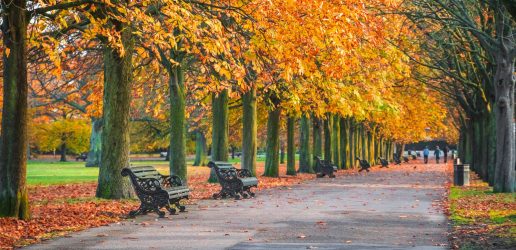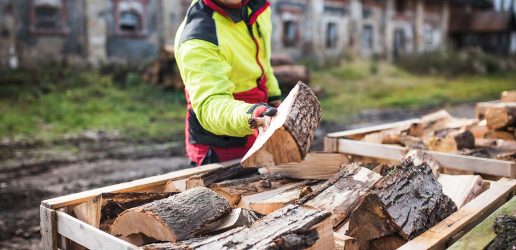Forest Research have today (Thursday 10 July) released the results of the Public Opinion of Forestry Survey 2025 for England and the UK, Scotland and Wales.

Key findings of the Public Opinion of Forestry Survey 2025 for England and the UK
- Seventy percent (70%) of respondents in the UK (69% in England) had visited forests or woodlands in the last few years. Of these, 32% in the UK (33% in England) reported an increase in the number of visits in the last 12 months; no change was reported by 49% (in the UK and in England) and a decrease reported by 17% (in the UK and in England).
- Twenty-seven percent (27%) of respondents in the UK (28% in England) were involved in volunteer work, organised tree planting events, community-based woodland groups or consultations associated with woodlands in the past 12 months.
- Eighty-five percent (85%) in the UK and in England agreed that forests and woodlands are important because they are important places for wildlife.
- Eighty-five percent (85%) in the UK and England agreed that forests and woodlands they have visited are important to them personally because they provide a space to relax and de-stress.
- Around three-fifths (61%) of respondents who had visited forests or woodlands in the UK (62% in England) in the last few years reported an increase in their level of happiness when in forests and woodlands since the coronavirus (COVID-19) pandemic.
- Around three-quarters of respondents who had visited woodlands (76% in the UK and England) agreed or strongly agreed that “A lot more trees should be planted” in response to the threat of climate change.
- Around three-quarters of respondents (76% in the UK and England) agreed or strongly agreed that “action should be taken by authorities and woodland managers to protect trees from damaging pests and diseases”.
Key findings of the Public Opinion of Forestry Survey 2025 for Scotland
- About three fifths (62%) of Scottish adults had seen, heard or read about at least one forestry topic in the media in the last 12 months.
- Over 9 out of 10 (93%) of respondents believed that there was at least one benefit from forestry worth supporting with public money.
- More than four fifths (82%) of respondents agreed or strongly agreed that ‘trees are good because they remove carbon dioxide from the air and store it in wood’. 81% of respondents agreed or strongly agreed that ‘a lot more trees should be planted’.
- Approximately one fifth (21%) of respondents used wood as a fuel in their home. Of those who did not, 42% did not consider woodfuel to be practical for their property.
- Around 9 out of 10 respondents (90%) had visited forests or woodlands in the last 12 months. Over three fifths (68%) of respondents reported no change in the number of visits they made in the last 12 months.
- Two thirds (66%) of respondents would have liked to see more woodland in their part of Scotland.
- On tree health, 75% agreed or strongly agreed that ‘everyone should take action when visiting woodlands to help prevent the spread of damaging tree pests or diseases’ and 69% ‘would be willing to look out for and report sightings of pests and diseases on trees, if appropriate information was available to [them]’.
- On urban trees, over two fifths (43%) of respondents would be willing to raise concerns with the Local Authority if they notice a problem with urban trees and 36% were prepared to plant and tend trees in their community or residential area.
Key findings of the Public Opinion of Forestry Survey 2025 for Wales
- Most respondents (87%) believed the woodlands near them provide at least one benefit to the local community. One half (51%) believed that there was at least one woodland-related issue that disadvantaged the local community.
- Around four in five respondents (79%) believed that street trees provide at least one benefit for the local urban area. Over one half of respondents (57%) believed that there was at least one disadvantage.
- Around two thirds of respondents (68%) had visited forests or woodlands in the last 12 months. Over one half of respondents (56%) reported no change in the amount of time spent visiting forests or woodlands in the last 12 months.
- Almost one half of respondents (47%) who had visited woodland had gathered products from forests or woodlands in the last 12 months.
- Around three in five respondents (58%) said there was a woodland or forest they could get to easily without using a car or other transport.
- Fourteen percent (14%) of respondents had been consulted about plans for creating, managing or using woodlands in their area and around one half (52%) would like to be consulted in future.
- Around one in five respondents (19%) indicated that they were aware of plans for a new National Forest for Wales.
- Almost three-fifths of respondents (58%) recognised the FSC logo on wood products.
- On tree health, 82% of respondents agreed or strongly agreed that “action should be taken by authorities and woodland managers to protect trees from damaging pests and diseases”.
- Around one third (32%) of respondents use wood as a fuel, most commonly in the form of wood logs.
- Forty percent (40%) of respondents reported having a long-term physical or mental health condition or illness. Of these, one half (50%) said that it affected their use of woodlands, forests or other green spaces.
Forest Research (and previously the Forestry Commission) has conducted biennial surveys of public attitudes to forestry and forestry-related issues since 1995. These surveys are used to inform and monitor policy development.
To read the full publication of each survey please, visit Public Opinion of Forestry Surveys homepage
Recent News
View All news
Seventeen coniferous tree species show early promise for future commercial timber production in the UK
Researchers have set up a network of nine large scale experiments across the UK to test the suitability of 17 tree species as potential alternatives for future commercial timber production.
Forest Research are looking for people involved in the harvesting, processing, transport, import, or trade of firewood in Scotland to complete an important survey.

New guide to help local authorities conduct a people survey on the social value of their treescapes
A new step-by-step guide to help local authorities, charities and civic societies carry out a people survey to understand social and cultural values related to trees in their area, is now available.

Seventeen coniferous tree species show early promise for future commercial timber production in the UK
Researchers have set up a network of nine large scale experiments across the UK to test the suitability of 17 tree species as potential alternatives for future commercial timber production.
Forest Research are looking for people involved in the harvesting, processing, transport, import, or trade of firewood in Scotland to complete an important survey.

New guide to help local authorities conduct a people survey on the social value of their treescapes
A new step-by-step guide to help local authorities, charities and civic societies carry out a people survey to understand social and cultural values related to trees in their area, is now available.

